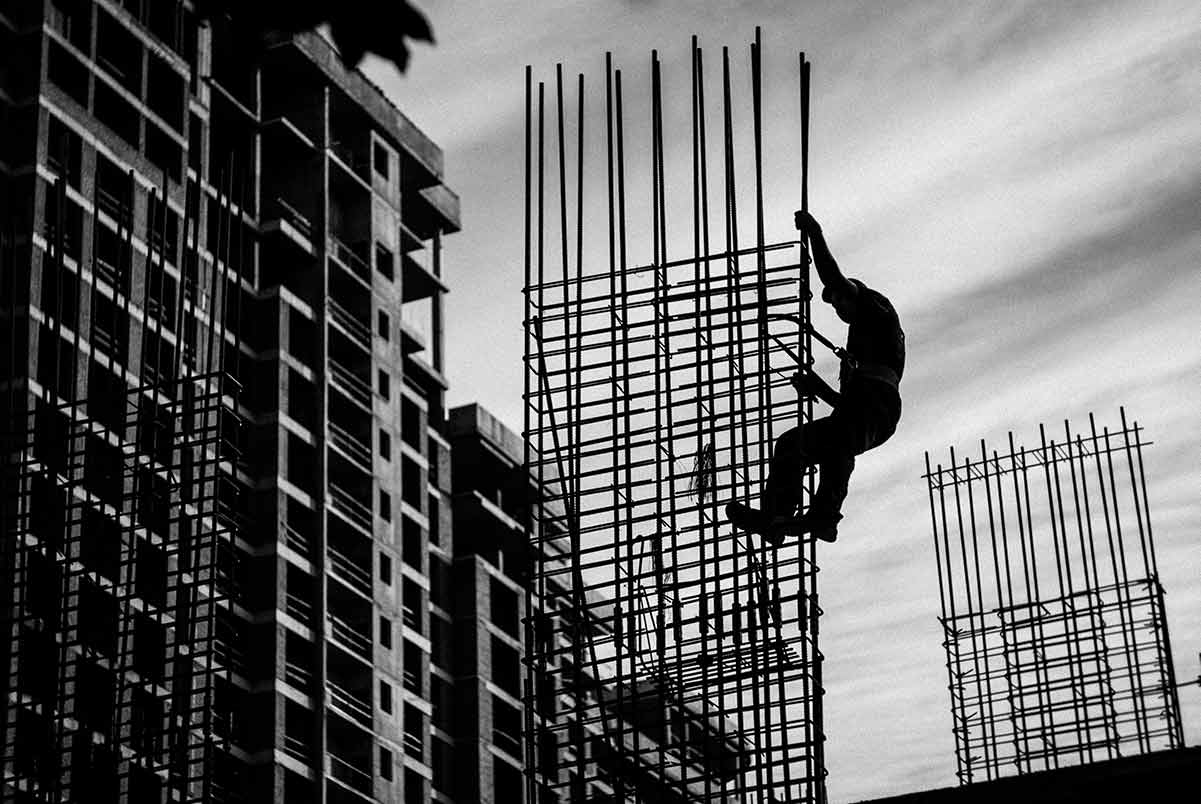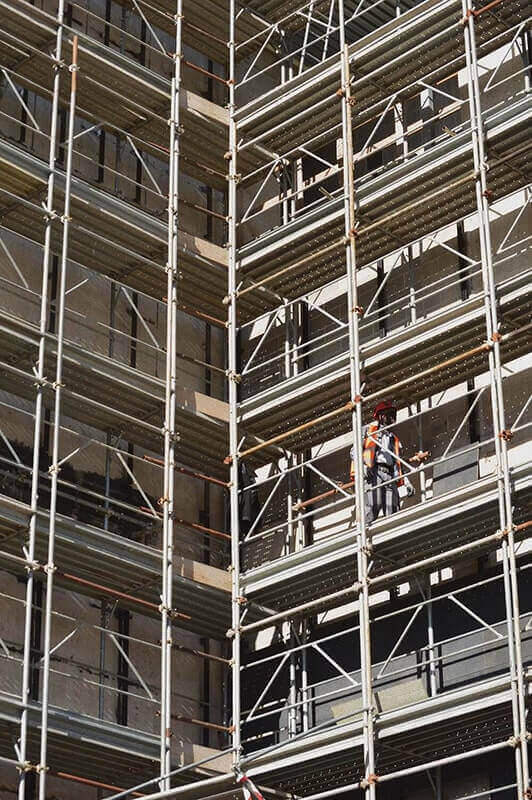
Working at heights is a high-risk activity, with falls a leading cause of death and serious injury across Australia.
In NSW alone, more than 12,000 workers were injured after a fall from height between 2014 and 2017, resulting in 25 deaths and more than 240 people permanently disabled.
A threefold increase over five years in the number of workplace falls from heights led to the commencement of a SafeWork NSW safety blitz on construction sites from November 2017.
With serious injuries and death at stake, not to mention the possibility of significant fines, height safety is not something to ignore, as the following incidents can attest to.
Major brain injury following 2.5 metre fall:
In June 2015, a plasterer on a West Pennant Hills building site fell 2.5 metres through an unguarded void.
The 23-year-old suffered multiple injuries, including a major brain injury that left him unable to work or study.
The Minister for Better Regulation said that the incident could have been easily avoided if the building company had ensured that fall prevention measures were in place and the scaffolding safe to use.
In November 2017, the company was fined $60,000 for failing to ensure the health and safety of the worker.
No helmet, training or certification provided:
In May 2016, a 17-year-old worker suffered serious injuries to his skull, jaw, shoulder and chest after he was knocked from a ladder by a steel truss.
The accident was caused when the teenager’s boss alighted from a telehandler that was still in operation, leading the vehicle to move and cause the truss to fall.
At the time, the teenage worker was not wearing a hard hat, had received no training in the task he was performing and did not have the requisite construction induction training certificate white card.
The company was fined $225,000 for failing to ensure a safe workplace and the correct high-risk work license, while the director was fined an additional $102,500.
Ladders and voids a deadly combination:
A 55-year-old worker was killed in May 2017 after he fell from a ladder into a void and landed on the ground more than two metres below.
The man and his workmate were employed by a shopfitting company and were directed to start framing works on the mezzanine level of a worksite.
They placed a stepladder near the mezzanine’s edge, where no guarding or fall prevention measures had been installed despite the balustrade being removed.
The man was tipped over the edge when the ladder leg went through a cut-out in the floor, suffering serious injuries and later dying in hospital.
The company was fined $300,000 in May 2019 for failing to provide or maintain safe work systems, as well as failing to prepare a Safe Work Method Statement.
Risks must be controlled as well as identified:
Two companies were fined a total of more than $200,000 in October 2018 after a worker fell two stories at a construction site in Ashfield.
The companies failed to install appropriate safety measures despite identifying the fall risk and a site inspection was not conducted before the commencement of work.
The worker broke multiple ribs and fractured a leg and ankle, leading to surgery and almost two weeks recovering in hospital.
Controlling safety hazards:
As with all workplace hazards, the best control for working at heights is to entirely eliminate the risk, choosing to work at ground level as much as possible.
However, when it cannot be avoided, work at heights should be conducted on a solid structure, using fall prevention devices, such as guardrails and scaffolding.
Work positioning and fall arrest systems, such as rope access systems and harnesses, should also be used when fall prevention devices are inadequate.
Harness fit and design are critical in these systems and workers should also be aware of the dangers of suspension trauma.
At all times, hard hats and other appropriate personal protective equipment should be worn when working at heights, as well as when there is a risk of falling objects.